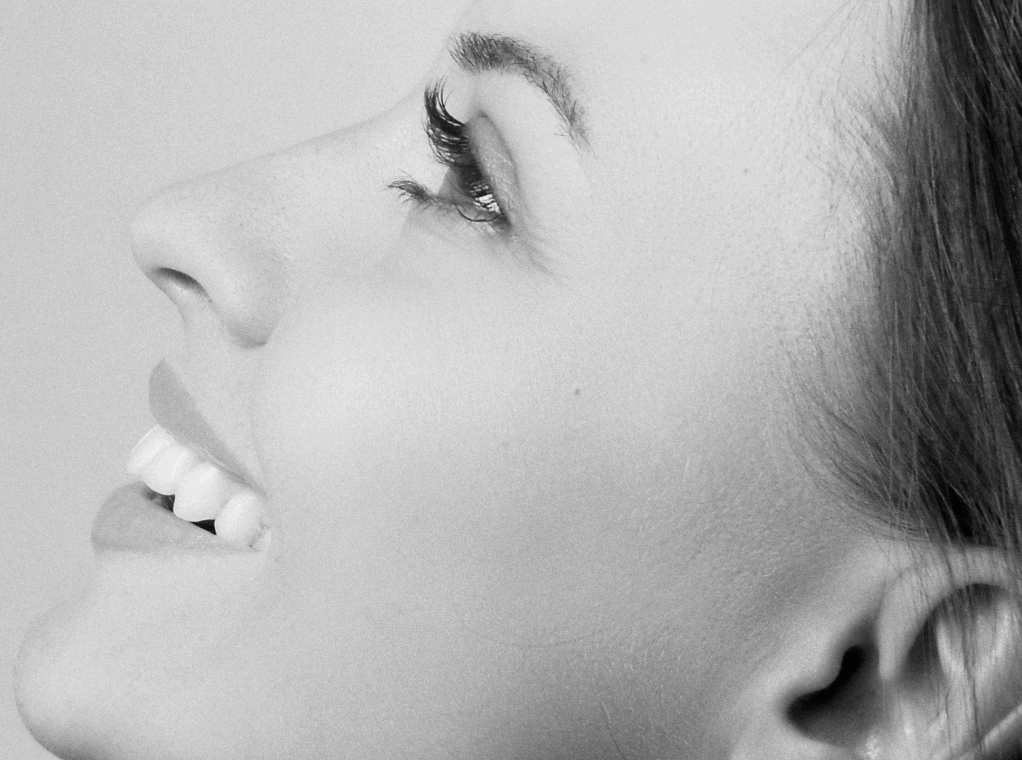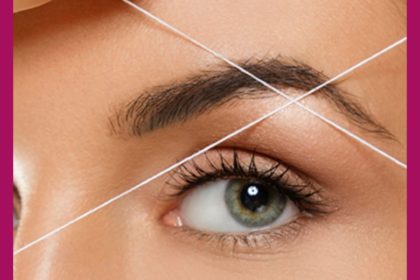Cherry angiomas (Campbell de Morgan spots) and thread veins (spider naevi) may look different, but they share a common root: tiny, visible blood vessels that appear just beneath the skin.
These common vascular skin concerns often develop with age, genetics, or sun exposure, and while they’re typically harmless, they can become a cosmetic concern for many people who experience them.
Three methods of treatment are: CryoPen, short wave diathermy and IPL (Intense Pulsed Light) therapy which we will discuss in more detail at a later stage in this blog:
What are cherry Angiomas?
Cherry angiomas are small, round, red to purple growths on the skin, caused by a clustering of dilated blood vessels.
These occur commonly as we age past our thirties. In fact, as many as 50% of people over the age of thirty have cherry angiomas (Cleveland Clinic, 2022).
What are the causes of cherry angiomas?
There is a positive correlation between ageing and cherry angiomas, but it is important to note that ageing is not the sole cause of these lesions.
Sometimes, our genetics can create a propensity to cherry angiomas; healthy individuals of all backgrounds can experience cherry angiomas as they are an extremely common lesion on the skin.
Also, hormonal changes experienced in pregnancy can cause cherry angiomas due to the increased prolactin levels that may affect blood vessel dilation and stimulate the production of new blood vessels, increasing the likelihood of growths.
Though completely harmless, their appearance can be concerning or aesthetically undesirable, especially when there are mutiple lesions or become raised.
Thread Veins and Their Causes
Thread veins, also referred to as spider naevi, are small dilated capillaries that appear just beneath the skin, usually on the face or legs.
These thin red, blue or purple lines often appear in clusters. Spider veins are extremely common and affect roughly 50% of women, affecting a larger proportion of women than men (Cleveland Clinic, 2022).
There are several factors that contribute to spider veins:
The first of which is hormones; oestrogen and progesterone can increase blood volume through the veins, stretching them beyond the point of retreat and causing the appearance of thread veins.
This is common during hormonal fluctuations such as those occurring in pregnancy, menopause and hormonal replacement therapy treatments.
Additionally, sun exposure can have a direct impact on the cause of spider veins as collagen and elastic are broken down, which weakens the skin and exacerbates the appearances of these veins.
Prolonged standing can also increase the likelihood of spider naevi as the vein walls are weakened due to an increased pressure of blood flow to the legs. However, the opposite is also true for sedentary lifestyles where increased pressure on the veins can cause them to appear more visibly.
How can I treat my spider veins?
We specialise in three effective, non-invasive treatment options for cherry angiomas and thread veins.
The first is CryoPen which uses cryotherapy to freeze at a low temperature.
Cherry angiomas are removed using a highly controlled flow of liquid nitrous oxide to freeze the affected area, causing the vessel walls within the angioma to collapse and be naturally eliminated by the body.
Thread veins are removed as cryotherapy freezes the blood supply inside the thread veins causing them to collapse and be removed by the immune system.
The treatment is painless, however some clients may experience a brief cold sting or mild tingling sensation. The discomfort is minimal and lasts only a few seconds. Numbing is not required. After treatment, there can be some itching in the area due to a localised histamine reponse and the lesion usually darkens, forms a scab, and flakes away within seven to fourteen days.
One session is often sufficient, but some clients may need a follow-up if the lesion is larger or particularly resilient. A benefit of the treatment is that it does not target surrounding skin and is gentle and precise.
Clients may experience slight redness or scabbing as the lesion heals, but can often resume normal activities immediately. Makeup can typically be worn the following day.
After Cryopen, the treated area may blister, scab, or swell slightly. Keep the area cool and dry, and avoid touching or picking at any blisters or scabs to prevent infection and scarring. A gentle antiseptic or ointment may be applied if advised.
Cover the area if it’s prone to friction, and protect it from sun exposure with SPF 30+ to avoid pigmentation changes. Healing typically takes one to two weeks, with the lesion falling off naturally during that time.
A second option is intense pulsed light (IPL). IPL targets the red pigment (hemoglobin) in blood vessels. Light energy is converted into heat, which breaks down the thread veins and allows the body to naturally reabsorb them.
The skin is left clearer and more even-toned after treatment. The light rays also break down the angioma, causing them to collapse and be reabsorbed by the body.
The sensation of this treatment is reported to be similar to the sensation of a quick elastic-band snap or a warm flick against the skin. Some clients describe it as mildly uncomfortable, but tolerable without the need for numbing.
The number of sessions needed to eliminate thread veins and cherry angiomas depends on the size of the area and the severity of the condition. Your therapist will create a personalised plan following your consultation which will detail the amount of sessions needed to completely heal the affected area.
Following IPL treatment for cherry angiomas or thread veins, mild redness or swelling, similar to a sunburn can be expected. It is important to keep the area cool and moisturised with a gentle, fragrance-free product, avoid sun exposure and applying SPF 30+ daily.
For two to three days, avoid hot baths, intense workouts, and harsh skincare products like exfoliants or retinoids. If the treated spot darkens or forms a light crust, let it heal naturally and do not pick the area. Most side effects resolve within a week, revealing clearer skin as the area fades.
A third option for red veins and angiomas is short wave diathermy. This us extremely effective for small vessels or those that are not too widespread.
A short wave diathermy current is applied with a sterile problem just below the surface of the skin where the affected blood vessels sit. This creates heat coagulation causing the blemish to disappear. In some cases the results are almost instant.
Due to the heat of the treatment, the area can look a little red or swollen and this usually settles down after 24-48 hours.
The treated area should be kept cool, calm and clean. The application of an unperfumed aloe gel can make the area feel more comfortable and less warm.
Most clients can tolerate this treatment without any numbing cream, but if discomfort is felt then a topical anaesthetic cream may be applied.
There may be ‘micro crusts’ at the treated areas. Although these are not visible to the naked eye, it is important that they are not picked or exfoliated away. They should be left to heal and drop off naturally.
Schlerotherapy: The Option for Those with Large Areas of Thread Veins on legs.
Whilst the above mentioned treatments are suitable for treating facial veins and small skin lesions, leg thread veins often require a different approach.
Sclerotherapy is a suitable alternative for larger areas of thread veins.
Sclerotherapy is a minimally invasive procedure where a special solution is injected directly into the vein, causing it to collapse and fade over time.
Sclerotherapy is best suited for larger or deeper thread veins on the legs or blue or purple veins that do not respond to light-based treatments.
A prescription for the injected sclerosing agent is needed in advance of this treatment, so if you are interested in this treatment please email in advance to info@sensoriabeauty.co.uk
At Sensoria we have many years experience in the safe removal of annoying skin imperfections, so if you are concerned about cherry angiomas, thread veins, or general redness, please call us on 01829 470570 to make an appointment to visit us in the salon and we can provide a professional consultation to determine the safest, most effective course of treatment.
Alternatively, please send your name, contact details and a clear photo of the affected area to info@sensoriabeauty.co.uk for us to assess.
We look forward to giving you the clearer skin you deserve.





